What are the characteristics of the hard seal butterfly valve
Hard seal butterfly valve is a kind of butterfly valve with eccentric metal seal structure, and it is usually required to be installed horizontally in the pipeline. The sealing form of the metal hard seal butterfly valve is usually a metal-to-metal seal, and the sealing pair is composed of a metal hard material to a metal hard material. Hard-sealed butterfly valves can be driven by turbine manual, electric, pneumatic and so on.
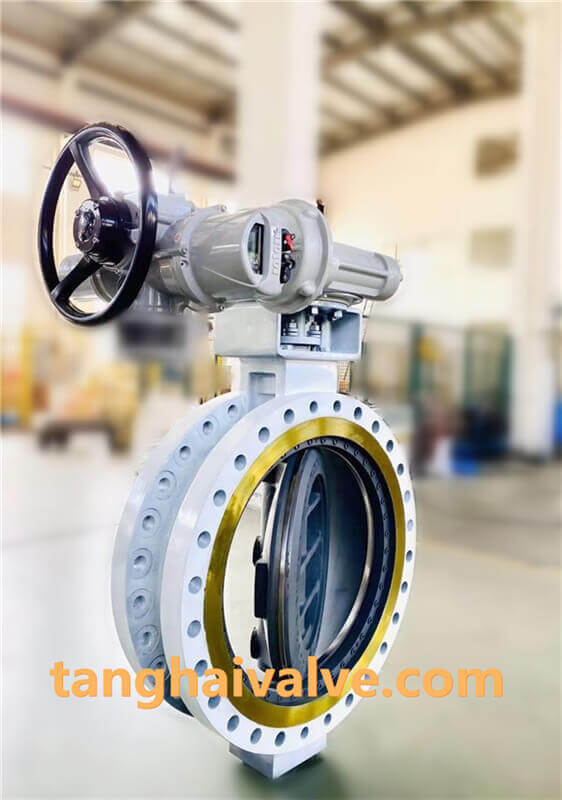
triple offset butterfly valve-double flange- (5)
Nowadays, hard-sealed butterfly valves have been widely used in many fields such as petroleum, chemical industry, metallurgy, power generation, etc., to cut off or control the circulating medium in the pipeline system. At this stage, there is a relatively advanced hard-sealed butterfly valve, which is a triple-eccentric metal seated butterfly valve. Its body and seat are a conjoined component. On the sealing surface layer of the valve seat, a temperature-resistant and corrosion-resistant alloy material is surfacing welded. , And fix the multi-layer soft stacked sealing ring on the valve plate. The novel design allows the triple eccentric butterfly valve to overcome the shortcomings of poor sealing performance. The advantages of the triple eccentric butterfly valve are high temperature resistance, low friction when opening and closing, and when closed, the butterfly plate compensates for the seal along with the increase of the torque of the transmission mechanism, which greatly improves the sealing performance of the hard seal butterfly valve and prolongs the service life of the valve.
The advantages of the triple eccentric hard seal butterfly valve are:
1. The unique three-eccentric design enables frictionless transmission between the butterfly plate and the sealing surface of the valve body, reducing wear and extending the service life.
2. It can adapt well to low temperature, normal temperature and high temperature environment.
3. Pneumatic and electric devices can be configured according to the needs of users to meet the needs of remote control and program control.
The shortcomings of the triple eccentric hard seal butterfly valve are:
1. The butterfly plate of the hard sealing butterfly valve is fixed by multiple layers of soft and hard stacked sealing rings. When the butterfly plate is in the normally open state, the flowing medium will flush the sealing surface positively, which will affect the sealing performance of the valve over time.
2. Because the overall structure of the hard-sealed butterfly valve’s butterfly plate is too thick and the flow resistance is relatively large, the valve is not suitable for diameters below DN200.
TH Valve is a professional manufacturer of butterfly valve, gate valve, check valve, globe valve, knife gate valve, ball valve with API, JIS, DIN standard, used in Oil, Gas, Marine industry, Water supply and drainage, fire fighting, shipbuilding, water treatment and other systems, with Nominal Diameter of DN50 to DN1200, NBR/EPDM/VITON, Certificates & Approvals: DNV-GL, Lloyds, DNV, BV, API, ABS, CCS. Standards: EN 593, API609, API6D
Related news/knowledge:
pneumatic fluorine-lined butterfly valve vs pneumatic hard-sealed butterfly valve
Electric ball valve-metal seated vs soft-seated type
Fluorine-lined butterfly valve vs metal seated butterfly valve
The sealing characteristics and principle of eccentric butterfly valve

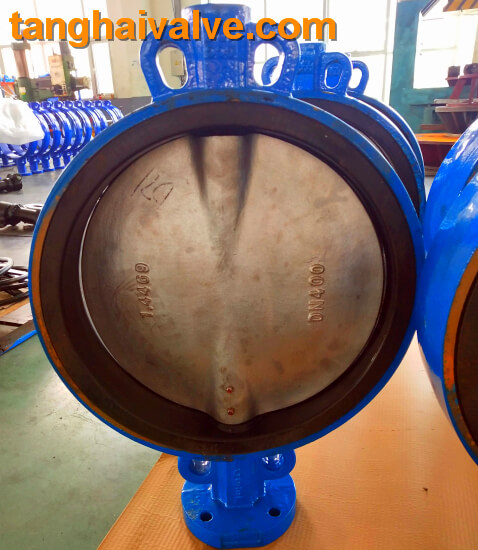
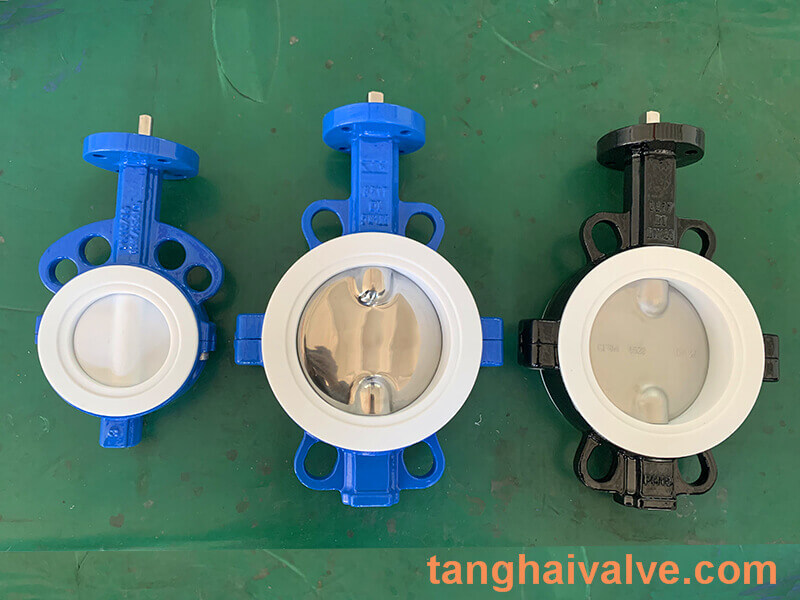
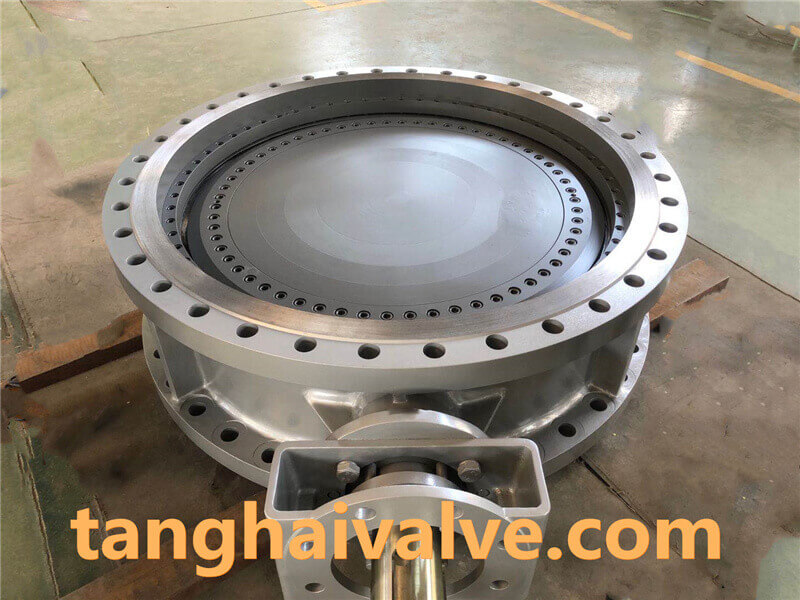
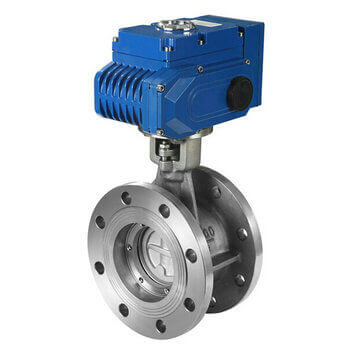

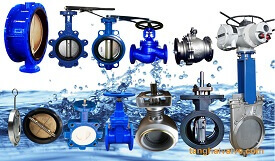

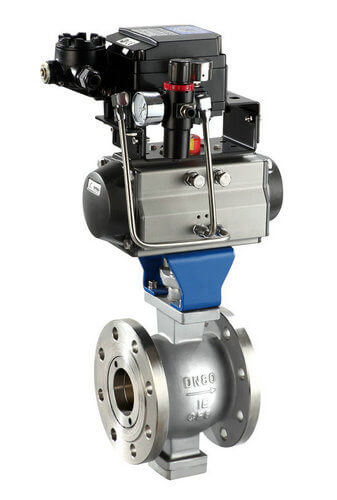
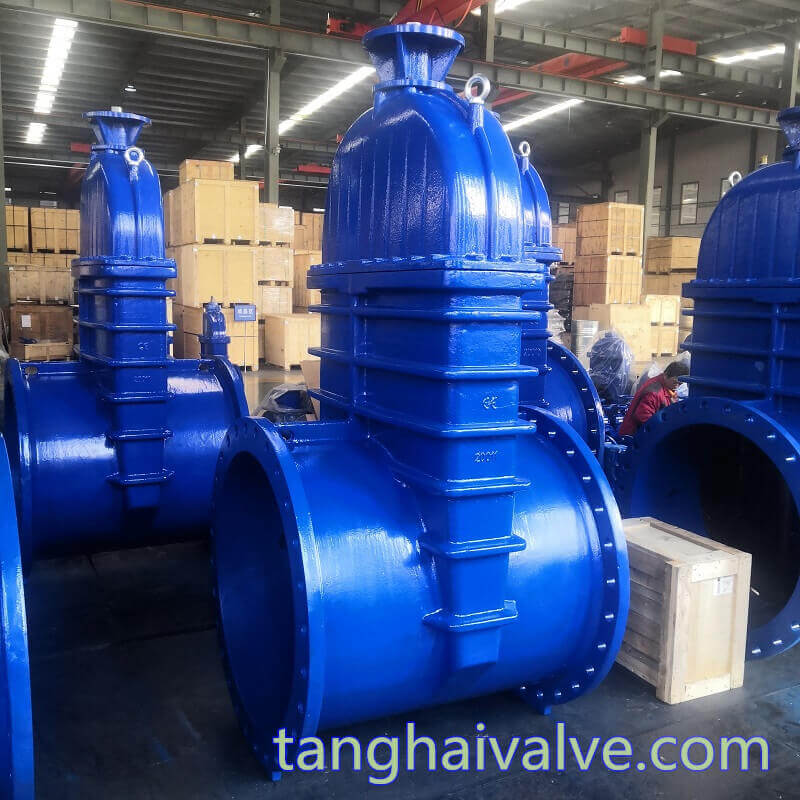
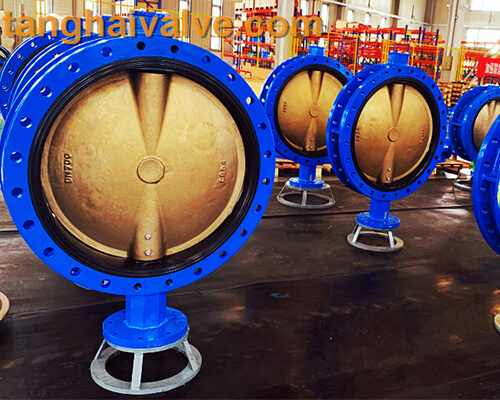
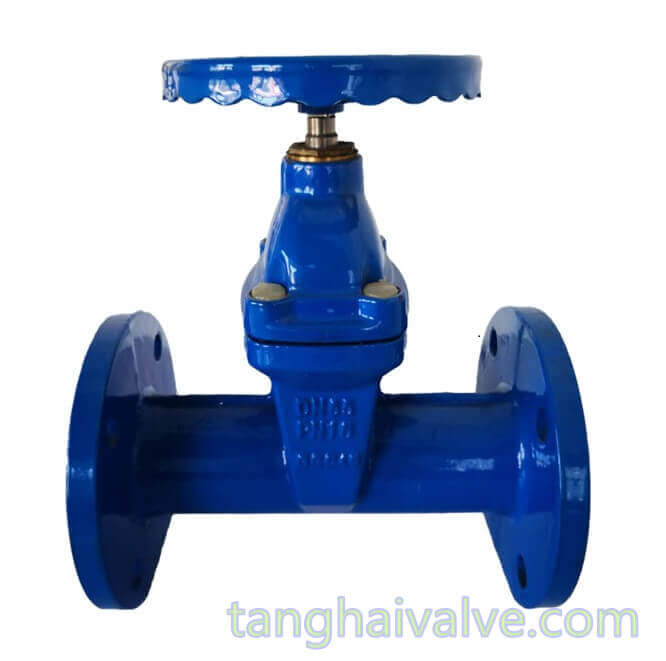


 © Copyright 2020 Tianjin Tanghaidongyang Valve Co., Ltd. All Rights Reserved.
© Copyright 2020 Tianjin Tanghaidongyang Valve Co., Ltd. All Rights Reserved.